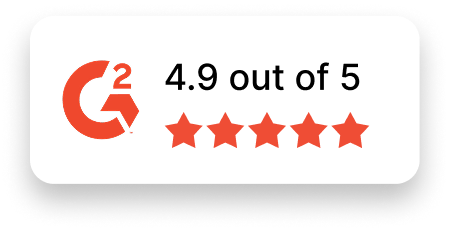Configuration Manager Job Description Template
Use this template to craft job descriptions for hiring Configuration Managers. Adapt it to suit your organization’s needs and expectations.
Job Title: Configuration Manager
Location: [Specify Location or Remote]
Job Type: [Full-time/Part-time/Contract]
About the Role
We are looking for a highly organized Configuration Manager to oversee the configuration management processes across our projects and systems. You will be responsible for managing changes, maintaining accurate records, and ensuring consistency in the configuration of our products and systems. This role plays a critical part in streamlining workflows, reducing errors, and enhancing overall operational efficiency.
If you thrive in a detail-oriented role and enjoy implementing processes that bring order and clarity, we’d love to hear from you.
Responsibilities
- Design, implement, and manage configuration management processes and tools.
- Maintain a centralized configuration management database (CMDB) and ensure its accuracy.
- Track and control changes to systems, software, and hardware configurations.
- Develop and enforce configuration management policies, procedures, and standards.
- Coordinate with cross-functional teams to ensure proper documentation and approval of changes.
- Conduct audits and reviews to ensure compliance with configuration management policies.
- Provide oversight and guidance on version control, ensuring document and system consistency.
- Identify and resolve configuration-related issues to minimize disruption.
- Manage software builds, releases, and deployment planning in collaboration with development teams.
- Document configuration management actions and maintain change logs for historical tracking.
Required Skills & Experience
- Bachelor’s degree in Computer Science, Information Technology, Engineering, or a related field (or equivalent experience).
- Proven experience in configuration management, change control, or related roles.
- Solid understanding of configuration management tools such as Ansible, Puppet, or Chef.
- Experience with version control systems like Git or SVN.
- Exceptional organizational and time-management skills.
- Strong attention to detail to ensure accuracy across configuration records.
- Familiarity with Agile and DevOps practices for efficient workflow management.
- Excellent communication skills to collaborate with technical and non-technical stakeholders.
- Ability to analyze processes and recommend improvements.
Nice-to-Have Skills
- Certifications in ITIL, CMII, or related fields.
- Knowledge of software development lifecycle (SDLC) and release management.
- Familiarity with cloud platforms like AWS, Azure, or Google Cloud.
- Experience with Continuous Integration/Continuous Deployment (CI/CD) pipelines.
- Background in risk assessment or quality assurance processes.
Why Join Us?
- Meaningful Impact: Help drive consistency and reliability in key systems and processes.
- Innovative Environment: Work with cutting-edge tools and best practices to improve workflows.
- Career Growth: Expand your expertise in configuration management while growing with the organization.
- Supportive Team: Join a collaborative group that values teamwork and shared successes.
- Inclusive Culture: Be part of an organization that champions diversity and promotes equity and respect.
Apply Now
Are you passionate about ensuring operational efficiency through meticulous configuration management? Join [Your Company Name] as a Configuration Manager and make an immediate impact. Apply today!

